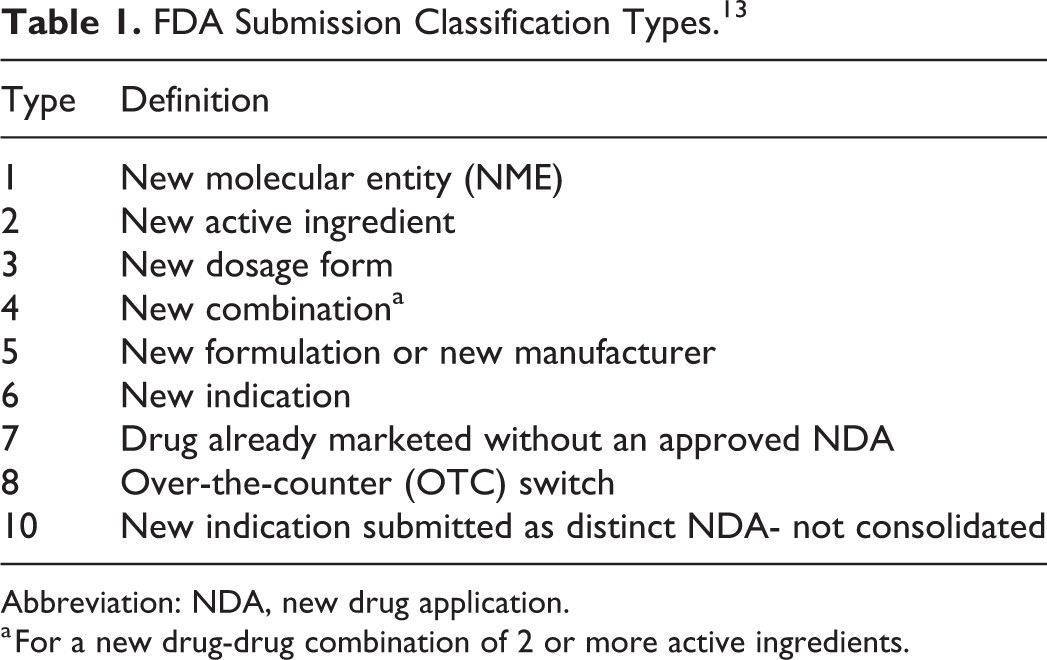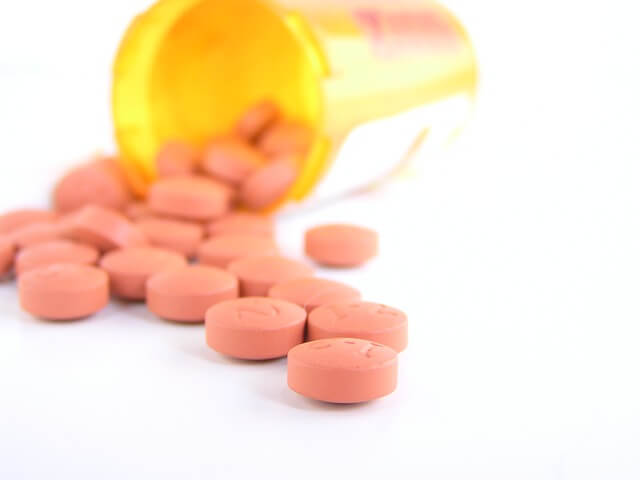
Risk assessment plays a crucial role in the development of generic drugs, ensuring that these products meet the required standards of safety and efficacy. The Food and Drug Administration (FDA) and other regulatory bodies have implemented various measures to ensure that generic drugs are equivalent to their brand-name counterparts in terms of quality, safety, and efficacy. This article will delve into the significance of risk assessment in generic drug development, highlighting the key considerations and strategies employed to mitigate risks.
The Importance of Risk Assessment
Risk assessment is an integral part of the drug development process, particularly for generic drugs. It involves the systematic evaluation of potential risks associated with a drug, including its safety profile, efficacy, and manufacturing processes. The primary goal of risk assessment is to identify and mitigate potential risks that could impact the safety and efficacy of the drug.
In the context of generic drug development, risk assessment is critical because it ensures that the generic product is equivalent to the brand-name drug in terms of quality, safety, and efficacy. This is achieved by evaluating the generic drug’s active pharmaceutical ingredient (API), dosage form, strength, route of administration, and bioavailability compared to the brand-name drug.
Key Considerations in Risk Assessment
Several key considerations are involved in the risk assessment of generic drugs:
- API Quality: The quality of the API is a critical factor in ensuring the safety and efficacy of the generic drug. The API must meet the required standards of purity, potency, and stability to ensure consistent performance.
- Manufacturing Processes: The manufacturing processes employed in the production of the generic drug must be robust and controlled to ensure consistency and quality. This includes the use of validated methods and equipment to minimize the risk of contamination or other quality issues.
- Bioavailability and Bioequivalence: The bioavailability and bioequivalence of the generic drug must be demonstrated to ensure that it is equivalent to the brand-name drug in terms of absorption, distribution, metabolism, and excretion. This is typically achieved through bioequivalence studies.
- Safety Profile: The safety profile of the generic drug must be evaluated to identify potential risks associated with its use. This includes the evaluation of adverse event data, clinical trial results, and postmarketing surveillance.
Strategies for Mitigating Risks
Several strategies are employed to mitigate risks associated with generic drug development:
- Risk-Based Approach: A risk-based approach is used to identify and prioritize potential risks associated with the generic drug. This involves evaluating the likelihood and impact of each risk and implementing mitigation strategies accordingly.
- Quality by Design (QbD): QbD is a systematic approach to ensuring the quality of the generic drug by designing and controlling the manufacturing process to minimize the risk of quality issues.
- Process Validation: Process validation is used to ensure that the manufacturing process is robust and consistent, minimizing the risk of quality issues or contamination.
- Postmarketing Surveillance: Postmarketing surveillance is used to monitor the safety and efficacy of the generic drug after it has been approved and marketed. This involves the collection and analysis of adverse event data and other safety information to identify potential risks and implement mitigation strategies.
Conclusion
Risk assessment plays a critical role in ensuring the safety and efficacy of generic drugs. By identifying and mitigating potential risks associated with the generic drug, regulatory bodies and manufacturers can ensure that these products meet the required standards of quality, safety, and efficacy. The strategies employed to mitigate risks, including risk-based approaches, QbD, process validation, and postmarketing surveillance, are essential in ensuring the safety and efficacy of generic drugs.
References
- FDA. (2022). Enhancing Benefit-Risk Assessment in Regulatory Decision-Making. Retrieved from https://www.fda.gov/industry/prescription-drug-user-fee-amendments/enhancing-benefit-risk-assessment-regulatory-decision-making
- WHO. (2013). Annex 2 – WHO Guidelines on Quality Risk Management. Retrieved from https://www.who.int/docs/default-source/medicines/norms-and-standards/guidelines/production/trs981-annex2-who-quality-risk-management.pdf
- El Masri, H., et al. (2022). Patient-Based Benefit-Risk Assessment of Medicines. Retrieved from https://www.ncbi.nlm.nih.gov/pmc/articles/PMC9014953/
- EveryCRSReport. (2017). FDA Risk Evaluation and Mitigation Strategies (REMS). Retrieved from https://www.everycrsreport.com/reports/R44810.html
- FDA. (2024). Statistical Considerations for Premarketing Risk Assessment. Retrieved from https://www.fda.gov/drugs/news-events-human-drugs/statistical-considerations-premarketing-risk-assessment-05162024






















